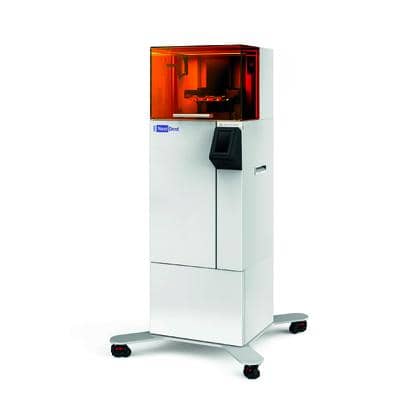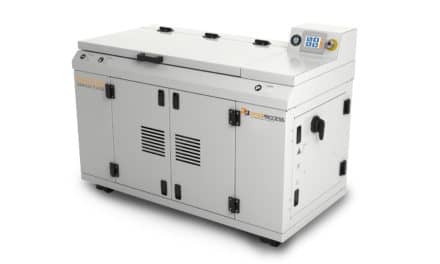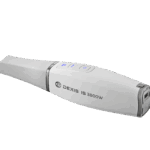Orthodontic Products talked to DenMat Dental Lab to find out how the latest 3D Systems’ printer solution, and its auto-stacking feature, can impact the lab—and the clinic—workflow.
How do you know if a 3D printer is right for your orthodontic practice? It’s one thing to get the take of an orthodontist using the latest 3D printer in their in-office lab; it’s another to talk to an orthodontic lab to find out how the latest 3D printer technology has impacted their workflow.
The scale of production an orthodontic lab requires means they’re going to attuned to the technology that maximizes their workflow. That’s why Orthodontic Products reached out to DenMat Dental Lab to get some insight into how the latest 3D printing technology has impacted their workflow. We talked to Oscar Buenrostro, model shop, milling and 3D printing supervisor for DenMat, about the company’s implementation of the 3D Systems NextDent 5100 3D printer and its 3D Sprint software platform. Buenrostro, along with DenMat founder Robert Ibsen, specifically set out to increase the lab’s output of orthodontic models. To do this, they needed to bring in new tools to meet their objective.

Buenrostro shares how the NextDent 5100, which is designed for dental laboratories and clinics, has impacted the lab’s workflow.
Orthodontic Products: What led the lab to try a new printer?
Oscar Buenrostro: Ever since we tried out first 3D printers 4 to 5 years ago, we really liked what they did. We liked the outcomes. The only thing that we were a little bummed out on was the time it took to 3D print models. So throughout the years, we’ve always tried new printers. We contact new vendors and we try different options. We see which one will actually work best for us and what printer actually will give us a more productive day.
OP: Now you recently implemented the NextDent 5100 which includes a stacked build configuration. As a lab, what stood out to you about this printer?
Buenrostro: The stack feature actually changed a lot of our workflow and improved a lot of things. The 3D Sprint software is doing most of the stacking for you. It’s doing all the support bands. It’s organizing all the models for you, so you don’t have to do any of that, and you’re producing 26 models. As far as the print time, once you load it, you don’t go back to it until 2 1/2 hours and again you have those 26 models. Before the stacking feature was available, we used to have to change the platform every 15 to 20 minutes, depending on the height of the model.
OP: You talked about how the 3D Sprint software’s auto-stacking feature automates much of the process. Are there any other features related to the software that streamline the lab’s workflow?
Buenrostro: We put solid models in there and it hollows it out for us as well. But really the big feature is just being able to print 26 models in 2 1/2 hours. That’s up to 96 models in an 8 hour shift. You can walk away from it and have someone do another task.
For now, our main focus with this printer is printing the models for clear aligners because it’s just so productive and you have so many models with clear aligners—and that’s just for one case. So we like to dedicate that printer to it.
OP: Now for a doctor submitting a case, what’s the turnaround time these days?
Buenrostro: Once the doctor submits it, we have to get it and design it. Then, after we get the doctor’s approval, it’s 5 days to 3D print the models and do the trim lines and all that fun stuff. OP










